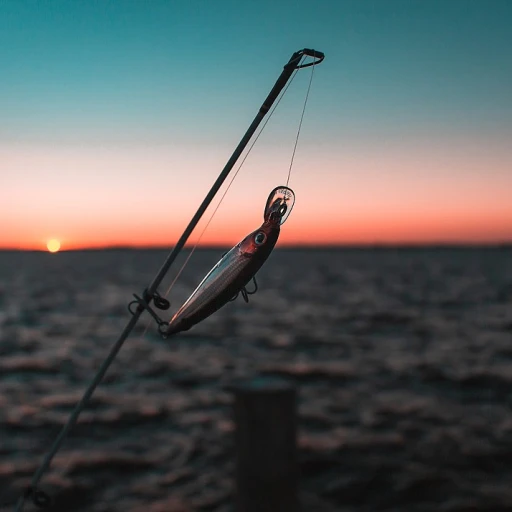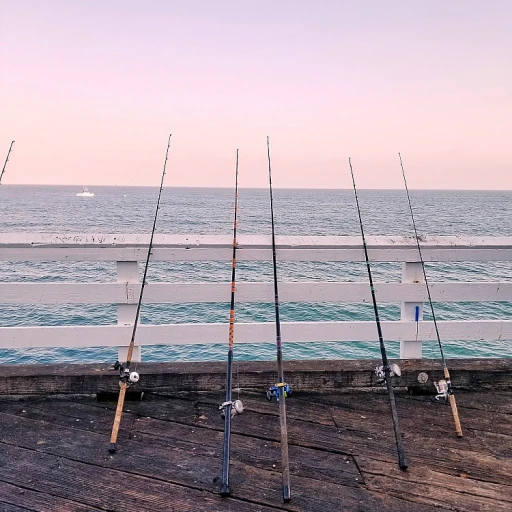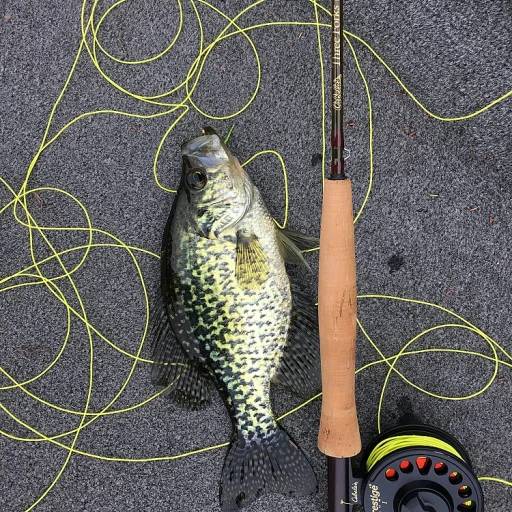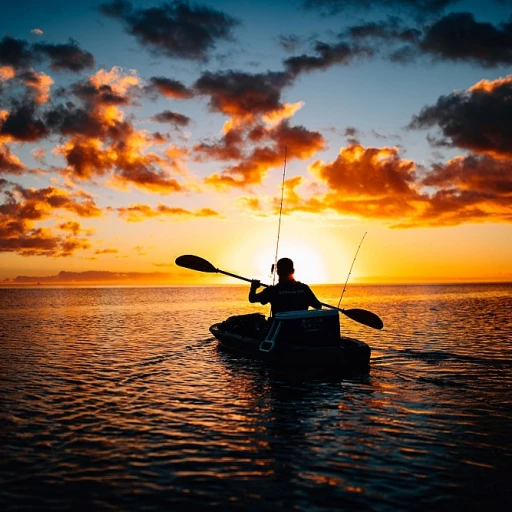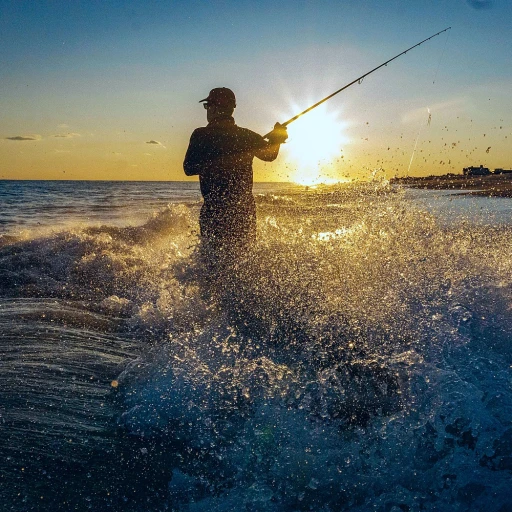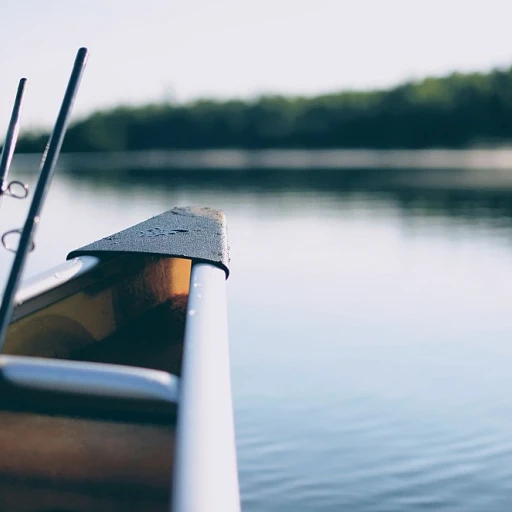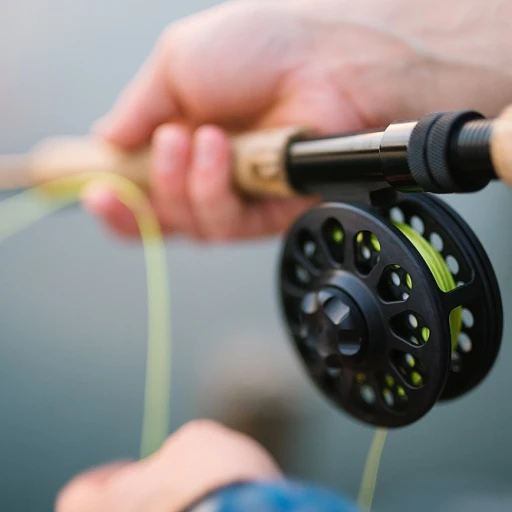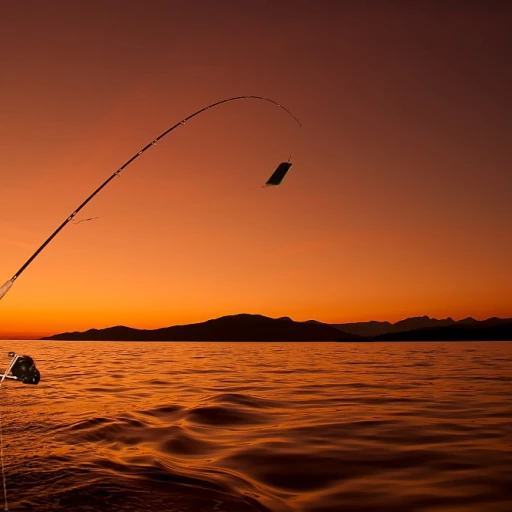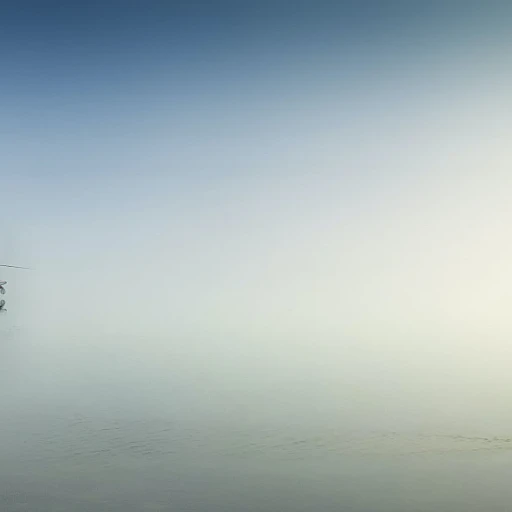
Understanding the Importance of a Depth Finder
Imagine effortlessly gliding across the water on your pontoon boat, capturing the beauty of nature while yearning to know what lies beneath the surface. In this aquatic adventure, a depth finder becomes an indispensable device, providing accurate depth readings to enhance your boating experience. It's not just about detecting the depth; it's about ensuring your boat's safety, planning optimal fishing strategies, and unlocking a world of underwater secrets.
The Role of a Depth Finder
A depth finder, often referred to as a fish finder, is a vital piece of equipment for any serious boater. It assists in avoiding underwater obstacles and ensuring your pontoon boat remains in safe waters. By using sonar technology, these devices display messages on a screen, allowing boaters to view detailed underwater topography.
Factors Influencing Your Choice
When selecting the best depth finders, consider the following:
- Screen Size: Not all screens offer the same clarity and resolution. Choosing the right size can dramatically improve your sonar readings.
- Mounting Options: Transom mount and trolling motor are popular choices. Ensure compatibility with your pontoon boats.
- Advanced Features: Models like the Garmin EchoMap or the Humminbird Helix provide side imaging and CHIRP GPS for those requiring detailed underwater views.
- Price and Brand Reliability: Units from trusted brands like Humminbird and Garmin are favorable for their longevity and accuracy.
Whether you're using a portable unit or a fully integrated system, each depth finder plays a crucial role in enhancing both safety and the fishing experience on your boat. Explore further insights on essential boating accessories in our comprehensive guide.
Key Features to Look for in a Depth Finder
Key Considerations When Choosing a Depth Finder
When you're out on your pontoon boat, and the waters stretch wide before you, having the right depth finder can transform your fishing expedition. But what should you look for in this essential tool?- Screen Size and View: Bigger isn't always better, but in depth finders, a larger screen size aids in clearer visuals, especially when sunlight glares on the water. Look for options with adjustable brightness to suit different times of the day.
- Transducer Type: The transducer is what sends out the sonar waves. Opt for models offering a high-quality transducer, like a transom mount or one suitable for a trolling motor. Both have their advantages based on your boat's setup.
- Technology Features: Advanced features such as CHIRP (Compressed High-Intensity Radiated Pulse) sonar can give you a detailed, almost photographic view of what's beneath the water surface. Choose brands like Humminbird with their Helix CHIRP or Garmin with their ECHOMAP series for reliable side imaging.
- Interconnectivity: Consider units that support GPS or can update you with messages via mobile apps. The best fish finder is one that helps you navigate with precision and alerts you to optimal fish zones.
- Pricing: While you may desire top-notch features, balance your needs with what's within your budget. There are many competitive options with reasonable prices that deliver good value.
- Mounting Options: Choose finders that offer flexible mounting positions. This includes transom mounts or units that can be conveniently joined with existing boat fittings.
Top Depth Finder Models for Pontoon Boats
Exploring Top Models for Optimal Performance
When it comes to finding the best depth finder for your pontoon boat, there are several models that stand out for their superior performance and reliability. Here are a few top contenders that will enhance your boating experience:- Humminbird Helix CHIRP Series: Known for its advanced sonar capabilities and exceptional clarity, the Humminbird Helix series offers a seamless integration with a trolling motor. The CHIRP GPS technology ensures precise depth readings, making it a favorite among many pontoon enthusiasts.
- Garmin ECHOMAP UHD: This model is ideal for those who prioritize comprehensive mapping and clear side imaging. Its transom mount transducer and robust screen size ensure a detailed view of the underwater environment, providing vital insights for successful fishing.
- Minn Kota Fish Finders: These finders are known for their durability and accurate readings. They can be easily joined with your pontoon's existing equipment. Minn Kota's capabilities in sonar technology make it a strong competitor in the market.
Installation Tips for Your Depth Finder
Seamless Integration for Enhanced Fishing
Installing a depth finder on your pontoon boat can be simpler than you might think, especially with the right approach and preparation. Here are some crucial installation tips to ensure you get the most out of your unit:- Choose the Right Mount: For pontoon boats, a transom mount is a popular choice. It provides an excellent balance between effectiveness and ease of installation. Whether you're using a Humminbird or Garmin model, ensure the mount is suitable for your boat design.
- Position the Transducer Correctly: The location of your transducer can significantly impact performance. Ideally, it should be mounted in a spot where it remains submerged in water for a clear sonar view, even at higher speeds. Most experts recommend placing it near the trolling motor for optimal results.
- Consider Screen Size and Placement: Your boat's layout will influence where the fish finder unit should be placed. A central location with a comfortable view is essential. Larger screens, like those found on Garmin EchoMAP or Humminbird Helix models, can provide clearer sonar messages but may require more space.
- Secure Wiring: Properly securing the wiring is crucial in preventing tangles and potential damage. Routing wires away from potential sources of interference, like the engine or trolling motor, helps ensure accurate depth readings.
- System Configuration: Once installed, configure the unit settings according to your fishing preferences. Whether you prefer side imaging, chirp GPS, or traditional sonar, customization options will help maximize your boat's capacity to locate fish.
Maximizing Your Fishing Success with a Depth Finder
Boost Your Fishing Efficiency
Using a depth finder effectively can substantially improve your fishing success. With the right techniques and settings, you will optimize both time and resources on the water. Here's how:- Utilize Sonar Views Wisely: Take full advantage of your fish finder's sonar capabilities by selecting features such as side imaging to expand your underwater perspective. This gives an expansive view of fish activity and shoreline structures, empowering you to pinpoint the best fishing spots.
- Optimized Settings: Adjust the depth finder settings based on the water conditions and depth. Customize the screen size, sensitivity, and frequency to match your environment and target fish. Helix CHIRP units offer versatile settings that can be tailored for precise sonar feedback.
- Coordinate with Trolling Motor: Synchronize your depth finder with your trolling motor to optimize mobility and positioning. Leading brands like Humminbird and Garmin offer integration options that hearten coordinated navigation.
- Experiment with Frequencies: Depth finders with multiple frequency options like the Garmin ECHOMAP provide varied levels of detail. Analyze which works best for your fishing environment by gradually adjusting these settings.
- Interpret Messages Correctly: Learn to read and interpret the information displayed. Understanding sonar terminology and messages about structures and fish locations will direct your casting strategy.
Maintaining Your Depth Finder for Longevity
Regular Cleaning and Inspection
Maintaining your depth finder is crucial to ensure its longevity and effectiveness on your pontoon boat. Regular cleaning and inspection of the unit and its components, such as the transducer and mount, are essential. Saltwater and debris can accumulate, affecting the performance of the sonar and the clarity of the view. Use fresh water to rinse off any residue and a soft cloth to wipe the screen and other parts.
Software Updates and Calibration
Modern depth finders, like the Garmin ECHOMAP and Humminbird Helix, often come with software that requires periodic updates. Keeping your unit's software up to date ensures you have the latest features and improvements. Additionally, regularly calibrate your fish finder to maintain accuracy. This process involves adjusting the sonar settings to match the water conditions and the depth you are fishing in.
Secure Mounting and Connections
Ensure that the transducer and other components are securely mounted to avoid any damage while navigating. Check the connections regularly to make sure they are tight and free from corrosion. A loose transducer or a faulty connection can lead to inaccurate readings or even damage to the unit.
Protective Measures
Consider using a protective cover for your depth finder when it's not in use, especially if your pontoon boat is stored outdoors. This will shield the screen and other sensitive parts from the elements, prolonging the life of your device. If your depth finder is joined with a trolling motor or mounted on a transom, ensure these parts are also protected and maintained.
By following these maintenance tips, you can ensure that your depth finder remains one of the best tools in your fishing arsenal, helping you locate the best fish and navigate the waters with confidence.
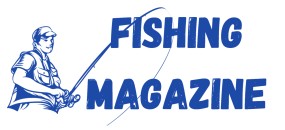
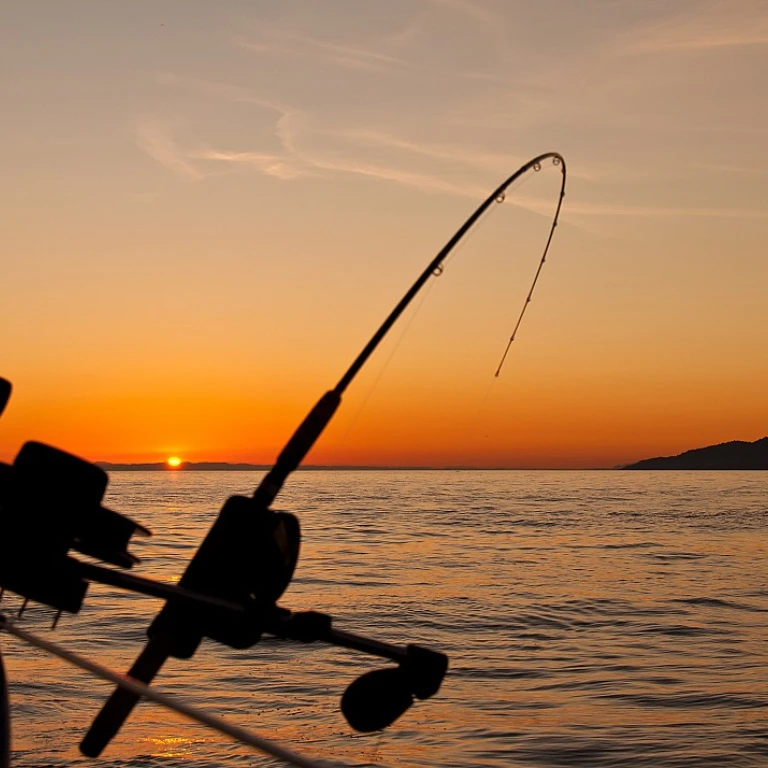
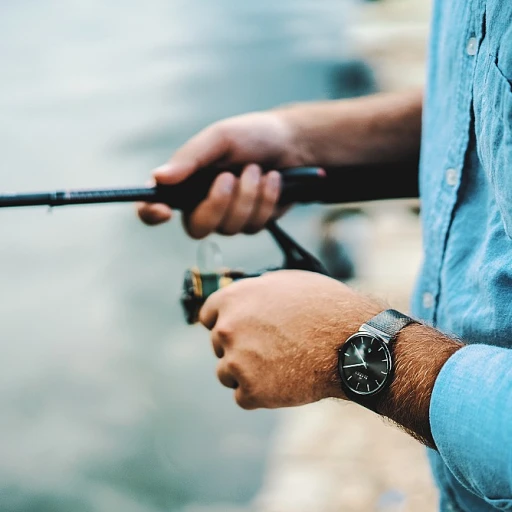
-large-teaser.webp)
